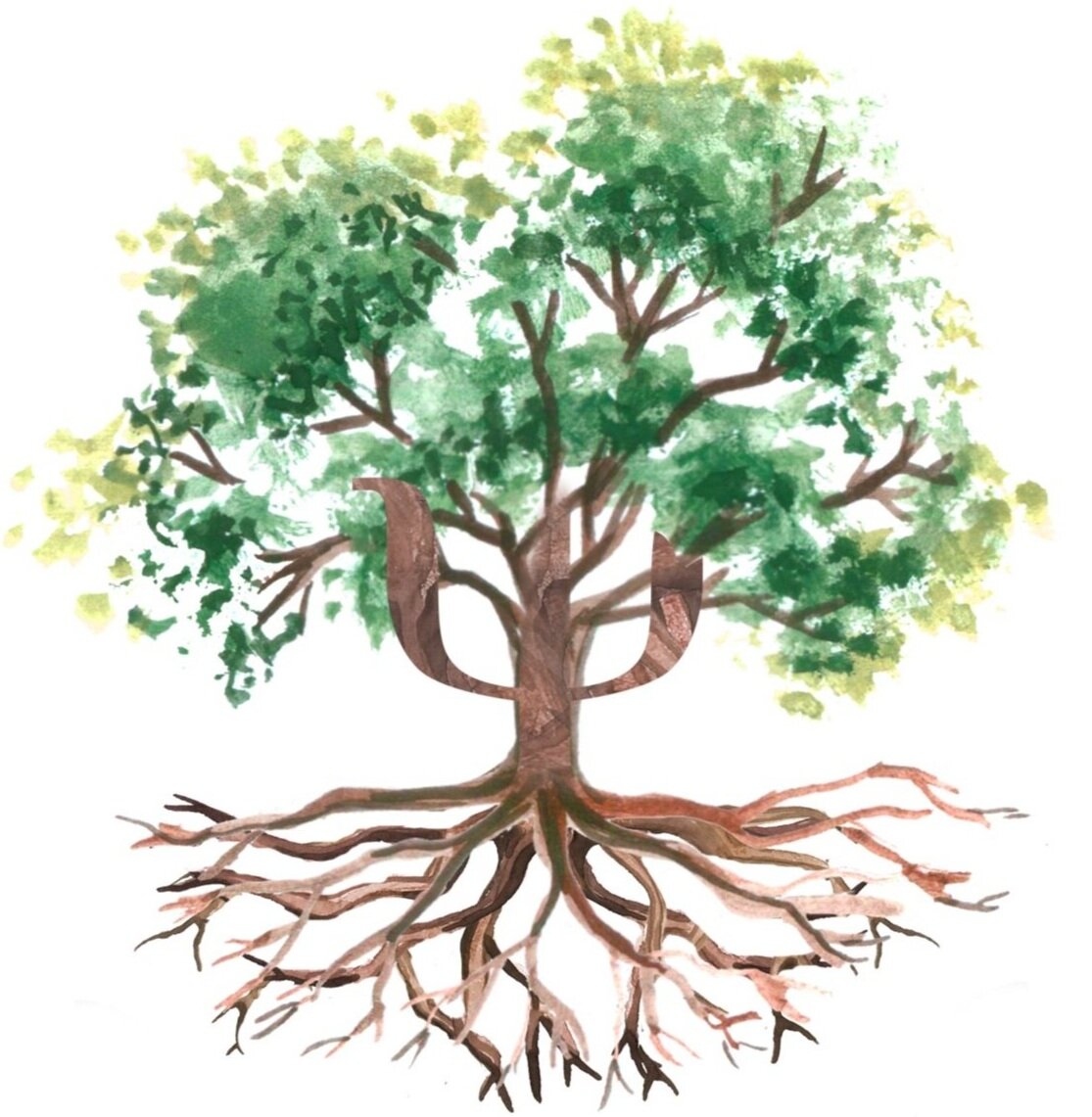THERAPIES
What is Mindfulness?
Mindfulness means many things to many persons. Here’s our take on it:
Mindfulness is being fully present in that moment of being
It is that moment when you notice a stray cat in a lazy stretch, or the cacophony of sounds children (with boundless energies) make at a playground.
Mindfulness has its roots in meditation techniques, and it is most commonly thought of as the simple act of affording undivided attention to one’s present experience.
In a clinical setting, mindfulness as a therapeutic tool is frequently described in terms of its associated characteristics and outcomes such as self-consciousness or being fully aware of a moment, and experiencing these in a non-judgmental manner, without reaction or interaction.
As a stress reduction tool, mindfulness has been described as:
“Mindfulness is basically just a particular way of paying attention. It is a way of looking deeply into oneself in the spirit of self-inquiry and self-understanding” — Kabat-Zinn
Mindfulness has been gaining traction as people increasingly recognise its effectiveness in alleviating physical and psychological disorders.
Mindfulness is not Meditation
Many tend to conflate Mindfulness and Meditation, not just because their definitions are often similar and interconnected in many ways, but because these terms have become increasingly interchangeable.
Mindfulness is simply being fully present in every moment; while walking on a footpath, talking to a colleague at lunch, or watching the cars go by.
By contrast, Meditation is a structured practice requiring a dedicated amount of time towards its practice. While Mindfulness has its roots in meditation, the goals of both practices are vastly different. While there are many types of meditation, it evolved from predominately religious or spriritual ideologies. However, it’s destressing properties were efficacious and subsequently adapted and utilised by psychotherapists for its therapeutic benefits and to improve patient outcomes.
Both are highly desirable life skills that give us a chance at inner peace and happiness and are built upon the ability to be focused completely on the present moment.
How do we incorporate Mindfulness into our lives?
The ability to practice mindfulness is something we all naturally possess.
As with other skills, it becomes more accessible to us when it is practiced on a regular basis. Practicing mindfulness does not necessarily entail the need to start learning about or incorporating long hours meditation into our lives right away.
Using Mindfulness to reduce stress
The use of Mindfulness to reduce the impact of stressors has been empirically validated to manage an extensive range of ailments - both physical and mental. This includes, amongst others, chronic pain, rumination, stress, attentional issues and the affective components of chronic afflictions such as cancer or various disabilities. This programme is known as Mindfulness-Based Stress Reduction or MBSR.
Essentially, the process of Mindfulness is a way to return us to the present moment
In today’s busy society, our minds are constantly flooded with thoughts (whole trains of them), judgements and worries. If you would like to give Mindfuless a try:
Ψ Using your senses of sight, hearing, and smell, allow yourself to notice, accept & let them roll by without judgement and gently bring your awareness back to the present moment.
Ψ Watch your breathing to sustain your awareness by bringing attention to it. Do this at various intervals throughout your day by pausing occasionally, open your senses and observe what it is you’re actually doing.
Ψ For instance, bring your attention to how the chair feels underneath you, how the pencil feels between your fingers or how your breath feels when it moves through your nose, chest and stomach.
Once you’ve gotten comfortable & familiar with this you can dip your toe in more deliberate meditative practices. Perhaps try a mindfulness app (there are plenty available now) or drop by a mindfulness yoga class.
“Compared to what we ought to be, we are only half awake”

